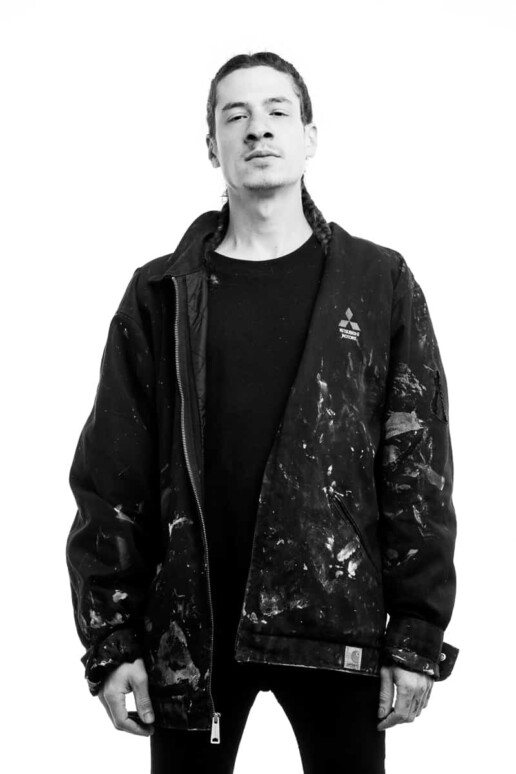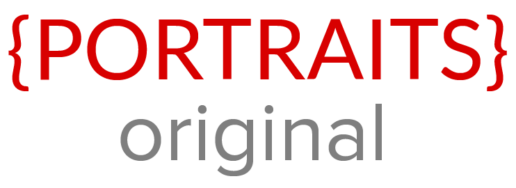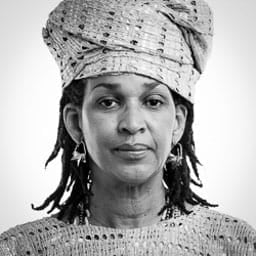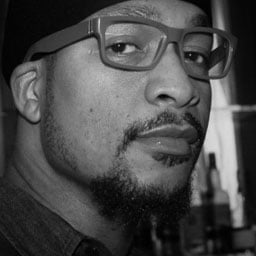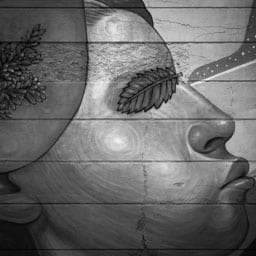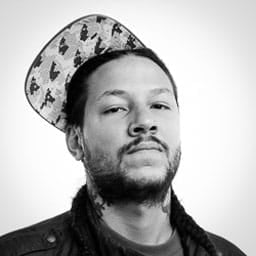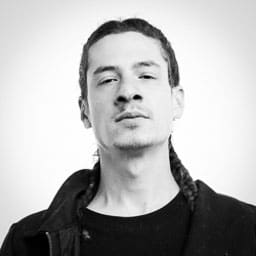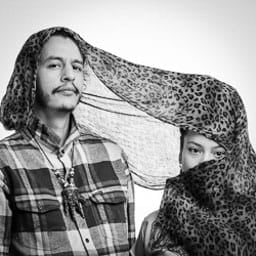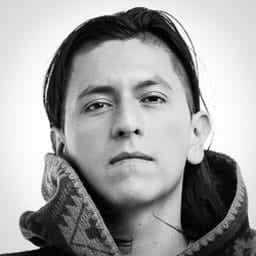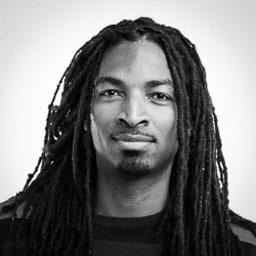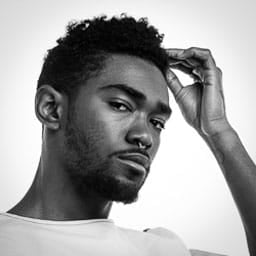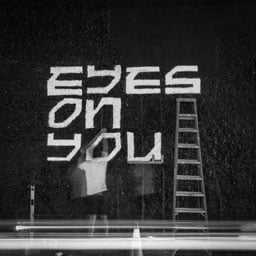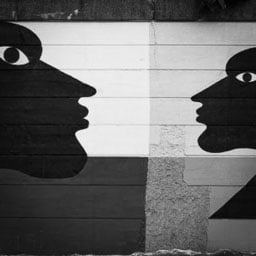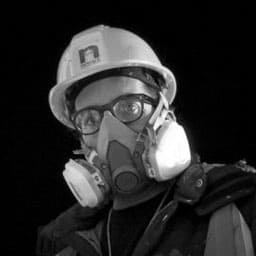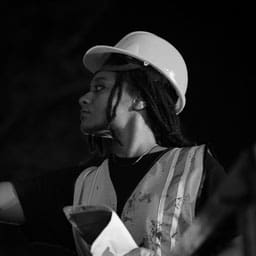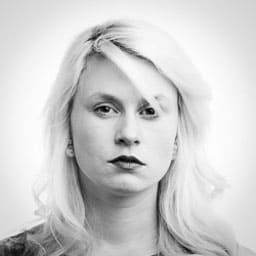

Port/Porta
LOCATION: HAMILTON STREET > LAFAYETTE STREET
The port of Newark and Newark Airport occupy approximately one-fifth of the city’s geographic footprint. The mural straddles the rail line that proceeds to New York Penn Station, and past that into Long Island — along a border that divides the historically Portuguese (and more recently Brazilian and Central American) neighborhood of the IronBound from downtown Newark. After the Second Great Migration, Newark became a predominantly black city and an intellectual platform of radical black politics after WWII. In addition to Newark’s preeminent position as a transportation hub, the Meadowlands that define the surrounding environment is a welcoming respite for a diverse range of migratory birds that commute between the hemispheres according to the seasonal changes.
For this reason, the mural features migratory birds, two airplanes, Henry the Navigator and a caravel in his fleet. It also portrays Garcia II Nkanga a Lukeni a Nzenze a Ntumba, who is also known as Garcia Alfonso for short. Alfonso ruled the Kingdom of Kongo from January 23, 1641, to 1661; he is sometimes considered Kongo’s greatest king for his religious piety and his near expulsion of the Portuguese from Angola. Hence the piece depicts a Black Jesus and Black Madonna figure too.
GAIA
Gaia is a New York native, currently based in Baltimore, Maryland where he completed his education at the Maryland Institute College of Art. His work confronts issues of environmental degradation, gentrification, immigration, segregation, and urban development. His studio work, installations, and gallery projects have been exhibited throughout the world, most notably at the Baltimore Museum of Art, Rice Gallery, and Palazzo Collicola Arti Visive. His street work has been documented and featured in several books on urban art, including, most recently, Beyond the Street: The 100 Leading Figures in Urban Art. In 2015, he was featured in Forbes’ “30 under 30” in Art and Style.
Port/Porta is the third collaboration GAIA has had with the City of Newark. His other murals “Phenotype” and “Yoruba Copper mask for King Obalufon, Ife, Nigeria c. 1300 C.E.” (produced by Yendor Arts and Rodney Gilbert) were created with the Model Neighborhood Initiative.
Instagram: @gaiastreetart
